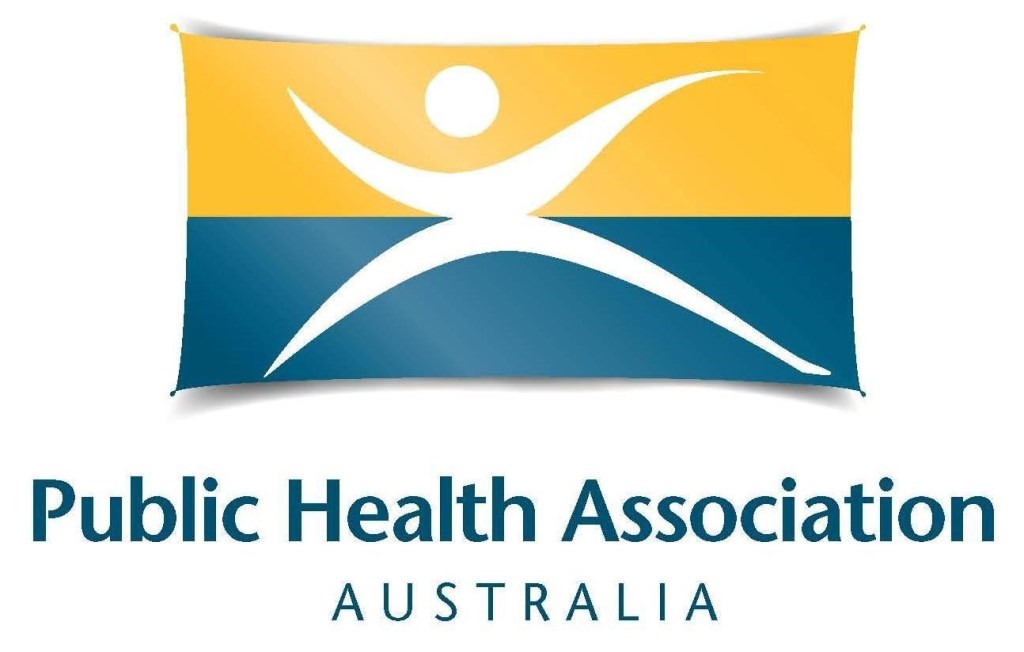The following is a thread published on Twitter on 10 January 2021 by the Victorian Chief Health Officer Brett Sutton. It provides an explanation of the differences between quarantine and isolation.
There is lots of confusion about quarantine vs isolation. Quarantine = the period when you may be incubating illness or the period following exposure before you may develop illness. This period applies to close contacts and international travellers who may have been exposed overseas.
Quarantine is 14 days (REGARDLESS of test results) because someone in quarantine could become positive at ANY POINT in this timeframe. A negative test is no guarantee that you won’t become positive later in the 14-day period. You may. You may not.
Isolation = the period required for a confirmed case to be away from others because they are infectious or potentially infectious. People with COVID-19 are understood to be infectious from 1-2 days before symptoms until a maximum of 10 days after, if symptoms have resolved.
Some individuals who are hospitalised or have immune compromise are potentially infectious for longer and are therefore isolated for longer. The main criterion to clear these people is that they are free of symptoms. A negative test also helps those with persistent symptoms.
But why isn’t a negative test a REQUIREMENT for release from isolation? Because for those people, the test can remain positive for days, or weeks, or sometimes months. That means the virus is detectable but it doesn’t mean the individual is infectious. They almost certainly aren’t.
The new variant strains of COVID (B.1.1.7 and others) – now famously in the UK – have made us take a really precautionary approach to isolation. So, individuals with concerning variant strains will now be in isolation for 14 days. Is it really required? We don’t know. Maybe.
Until it’s clearer, we’re going to be ultra-cautious and require the 14 days isolation. We’ll test before the end of isolation to help determine risk – based on viral load, trend of viral load, antibodies, etc. We expect some individuals to be positive; but not infectious.
The B.1.1.7 lineage does appear to be more infectious (but not more severe), so we’ll do everything to ensure that it’s only ever in quarantine and not in the community. The best insurance against this and other concerning lineages is to have the strongest quarantine.


Leave a Reply